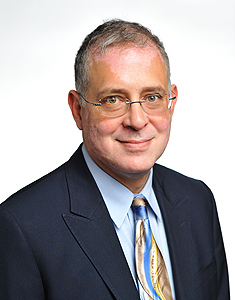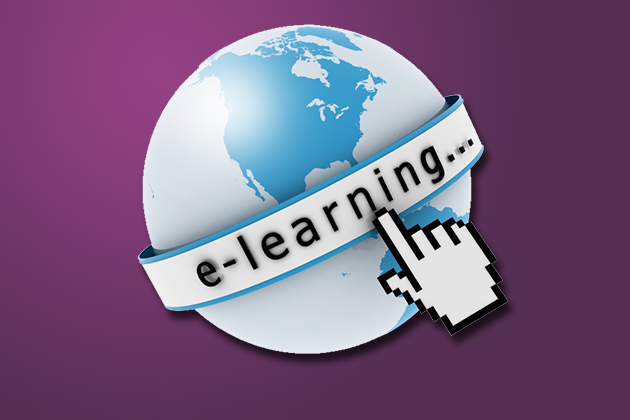
Jeremy Teitelbaum, dean of the College of Liberal Arts and Sciences, is a guest contributor to UConn Today. For his previous posts, click here.
One of the hot trends in higher education is the spread of MOOC: Massively Online, Open Courseware. MOOCs are online courses with high production values that are freely available to the public. For example, Harvard and MIT recently announced edX, an online partnership to offer online learning “to millions of people around the world.” Stanford, Princeton, Michigan, and Penn have teamed up to launch Coursera, which promises the opportunity to “Learn from world-class professors, watch high quality lectures, achieve mastery via interactive exercises, and collaborate with a global community of students.” And a Stanford professor, Sebastian Thrun, launched Udacity and claimed 160,000 students in his Introduction to Artificial Intelligence course. Some enthusiasts have gone as far as saying that MOOCs pose an existential threat to the university as we know it.
I tend to be skeptical of predictions of doom for universities, and I’m especially skeptical of claims that online education will put an end to the classroom experience. After all, the university as an institution has successfully evolved through the inventions of the printing press, the steam engine, the telegraph, radio, television, and the atomic bomb; given that record, it is likely to survive the Internet as well. At the same time, The University of Phoenix and its for-profit relatives are mired in controversy over the high debt and low graduation rate of their students, and the University of Illinois, a prestigious institution with a reputation for technological leadership – it was the birthplace of the web browser – saw the spectacular failure of its online Global Campus initiative just a few years ago.
Of course, for people in the developing world, or people in the United States without access to textbooks, the material in the MOOCs is a gift. Even if the gift is not the equivalent of free access to a full course of higher education, these materials could enable a motivated individual who might be able to reach a library to learn nearly anything they might want to on their own.
And we don’t have to look abroad to see the power of online tools. As I prepare my Calculus course for this fall semester, I can’t help but be struck by the richness of supporting material on all aspects of the course that is available online. And speaking with my colleagues who have direct experience with online courses, I have learned that faculty and students can have a profoundly satisfying interactive experience using discussion boards, wikis, and other collaborative online environments – provided that the student-teacher ratio is low enough to enable plenty of engagement.
And that, of course, is the crux of the matter. Too many advocates for online education fall into the reductionist, “bank deposit” model, positing that learning flows from exposure to “material.” If that were true, then we would just send people to the library where they can read a book on any subject that they might want to learn, and forget about classes altogether.
Teaching is ultimately about a dialogue. We currently struggle with courses involving a few hundred students in a hall for lectures, who then meet periodically in smaller groups with a TA, but at least we offer many opportunities for students and teachers to talk. If massively online, open courseware means having 300,000 students watching videos online loosely supported by 10,000 teaching assistants, of widely varying background and commitment, scattered around the globe, then the brave new world of online education sounds like a poor version of the University of Phoenix to me.
For individuals working in higher education, staring at technological change and reading alarming editorials and features in the newspapers, there’s a temptation to panic. That’s a mistake. Good universities confronting technological change should play to their strength: a talent pool with a broad perspective and deep expertise. If we stay current, try new things, and keep a critical, but not overly critical eye on the opportunities, we’ll find that technology only makes us stronger.



